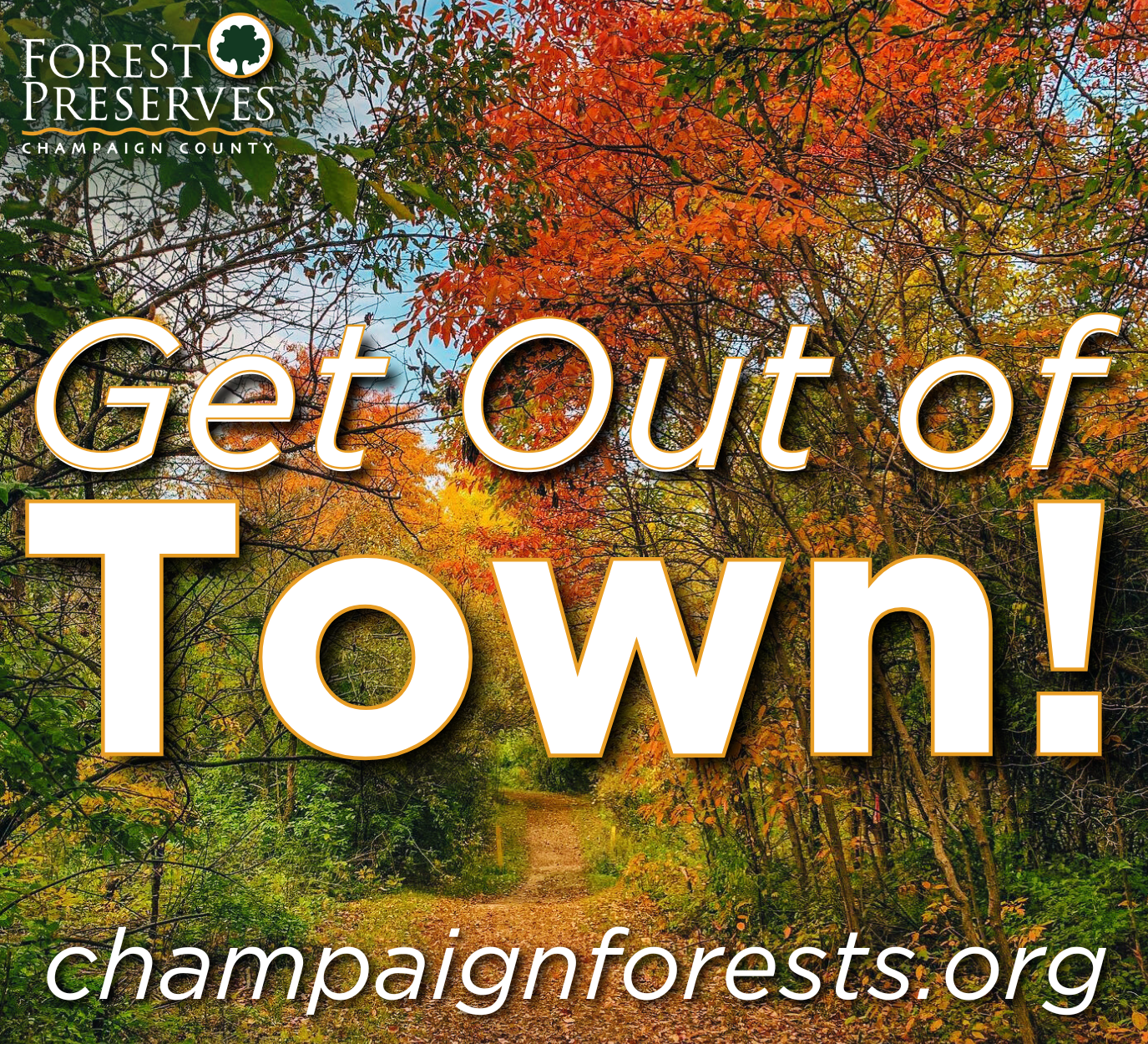 TheChampaign County Forest Preserve Natural Resources Department started a 14.5-acre reforestation project in the south portion of Buffalo Trace in February.
TheChampaign County Forest Preserve Natural Resources Department started a 14.5-acre reforestation project in the south portion of Buffalo Trace in February.
The reforestation project is part of a plan to restore the 270-acre Buffalo Trace site. The Natural Resources Department studied historical soil maps, survey maps and aerial photos from the 1940’s and 1970’s to understand the historical context of the site.
Surveyor’s notes from 1822 show the 14-acre area in with large oak and hickory trees.
Before the Buffalo Trace area was cleared for agricultural use, it was a mosaic of savannah, prairie and woodland areas. The department hopes to restore the habitat to provide maximum biodiversity while still providing for the community’s recreation needs.
“We’ve got some really good opportunities to bring history to life over there,” Director Michael Daab said.
Located across the highway from the Museum of the Grand Praire, the department hopes the Buffalo Trace restoration will be a continuation of local ecological and cultural history.
Daab said part of the restoration challenge is clearing invasive non-native plants, which don’t have a lot of natural predators in the area. While they do provide some habitat for wildlife, native insects and birds rely on very specific plants for their existence.
While the cold weather continues, the Natural Resources Department will remove larger trees. The frozen ground allows them to use heavy equipment in the area without disturbing the soil.
Daab said tree removal may be an initial concern, as it provides shade along the trail throughout the summer months, but the department plans to plant native trees in spots along the trail to shield the sun.
At this time, the department does not have plans to eliminate any trails in the Buffalo Trace area, but the CCFPD is working with local running groups to see which trails are used at this time.
“We realize recreation is in our mission, as well as education,” Daab said. “Anytime we can have contiguous habitat, the better.”
The Champaign County Forest Preserve has managed a 50-acre prairie restoration for a few years. Management of such projects is intense for the first few years after planting.



